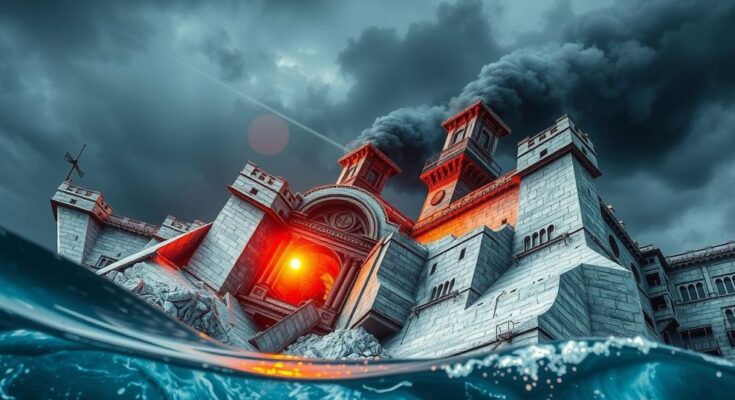The article examines the historical context of deadly earthquakes and tsunamis, highlighting catastrophic events in Italy (1908), Indonesia (2004), and Japan (2011). It references the Deseret News archives, which reflect the impact and global awareness of such disasters, underscoring community responses and the need for effective preparedness against future events.
On December 28, 1908, a catastrophic earthquake struck the region of Messina and Reggio Calabria in Italy, measuring 7.1 on the Richter scale. This disaster resulted in the loss of at least 70,000 lives, making it the deadliest earthquake in European history. Even during that era, media outlets, including the Deseret News, covered the incident, emphasizing the global reach of such calamities. The devastation was notably compounded by the occurrence of a tsunami that followed the earthquake, complicating rescue efforts during the holiday season.
In more recent history, on December 26, 2004, the Indian Ocean experienced a seismic upheaval recorded at 9.1 magnitude, which generated a tsunami with waves reaching heights of up to 100 feet. This catastrophe led to an estimated 230,000 fatalities across multiple nations. Moreover, the tragic events of March 11, 2011, saw a tsunami emerge from a significant earthquake near Japan’s east coast, resulting in over 18,000 deaths. Such tragedies highlight the persistent threat that earthquakes and tsunamis pose to coastal populations.
The archives of the Deseret News include a collection of articles addressing the impact of these disastrous events and the varied responses of affected communities. They discuss themes ranging from international solidarity in humanitarian efforts to the inadequacies of tsunami warning systems and the memories of past warnings that were overlooked. The documentation of these disasters serves as a poignant reminder of the need for effective preparedness and community resilience in the face of natural calamities.
The occurrence of earthquakes followed by tsunamis has posed significant challenges for coastal communities throughout history. The historical context surrounding catastrophic events, such as the earthquake and tsunami that impacted Italy in 1908 and Indonesia in 2004, sheds light on the massive human and infrastructural losses experienced. In addition, ongoing advancements in seismology and emergency preparedness are crucial in mitigating the effects of such disasters. Understanding these events through archive-based accounts from reputable sources like the Deseret News reveals the importance of collective memory and preparedness in facing natural disasters.
In conclusion, the analysis of major earthquakes and the resultant tsunamis, particularly those that struck Italy in 1908 and Indonesia in 2004, emphasizes the profound impact of such disasters on human life and community resilience. Through historical reflections and contemporary articles, it is evident that while advancements in technology and preparedness efforts have been made, there remains a pressing need to enhance awareness and response mechanisms to effectively counteract the devastating consequences of these natural phenomena.
Original Source: www.deseret.com




